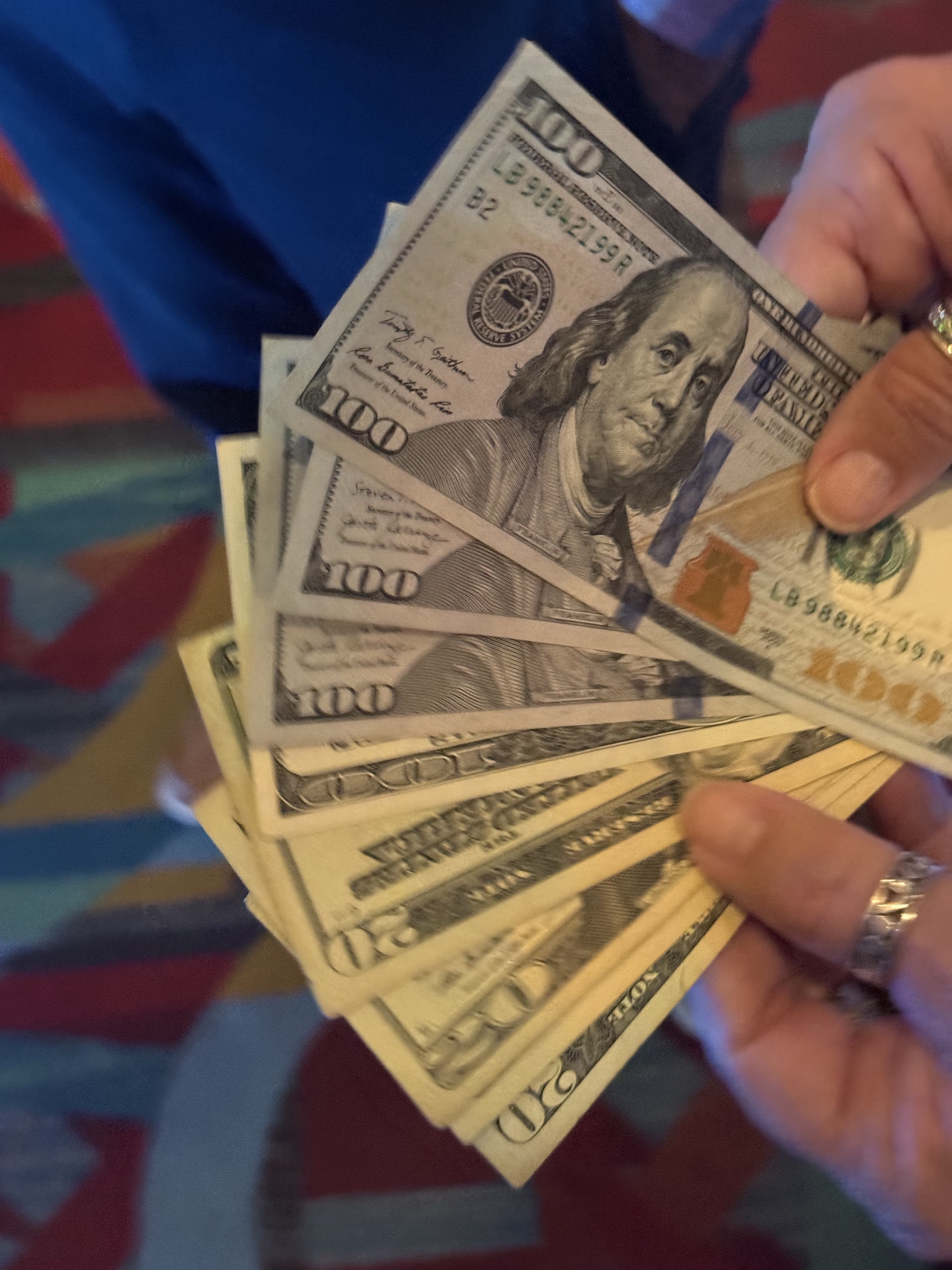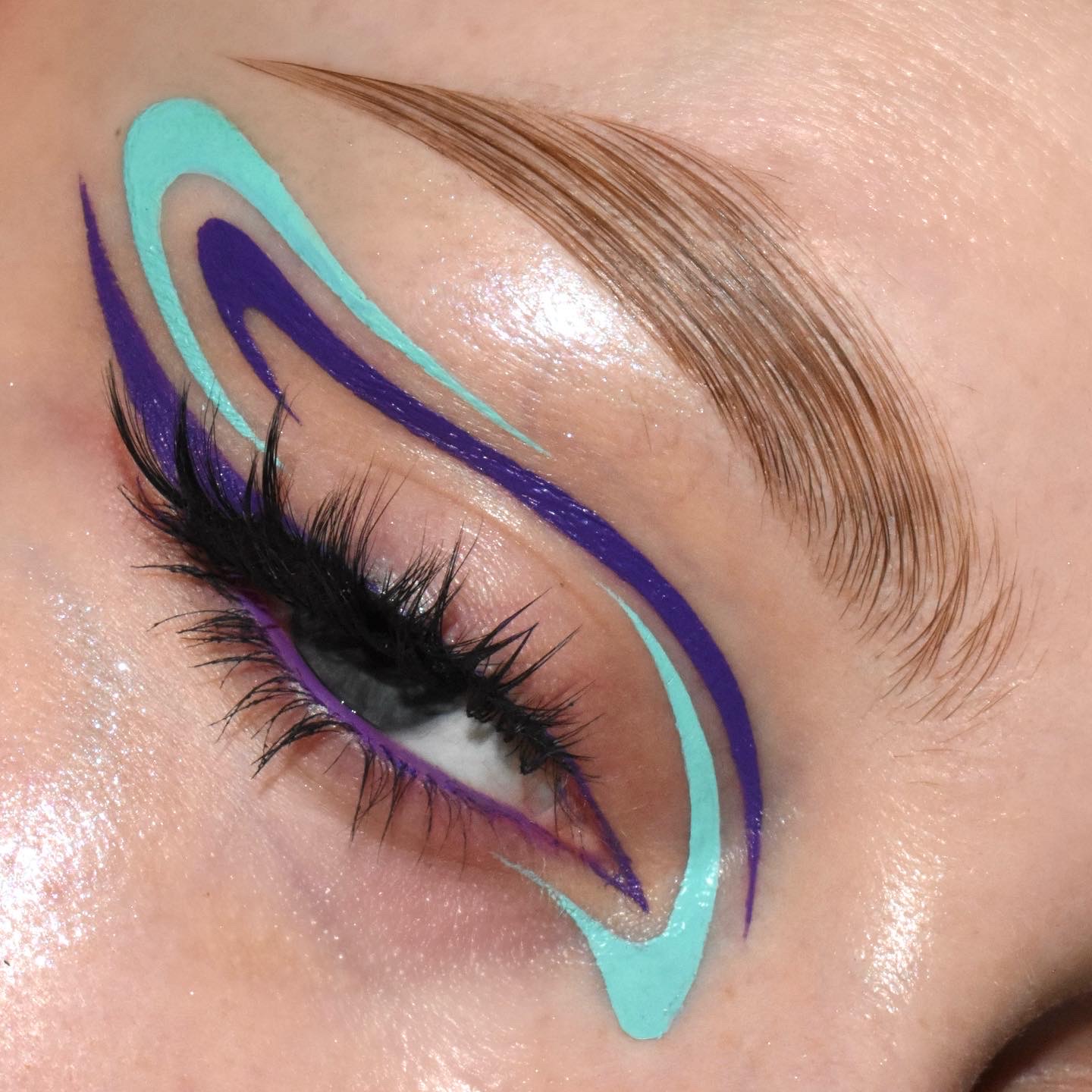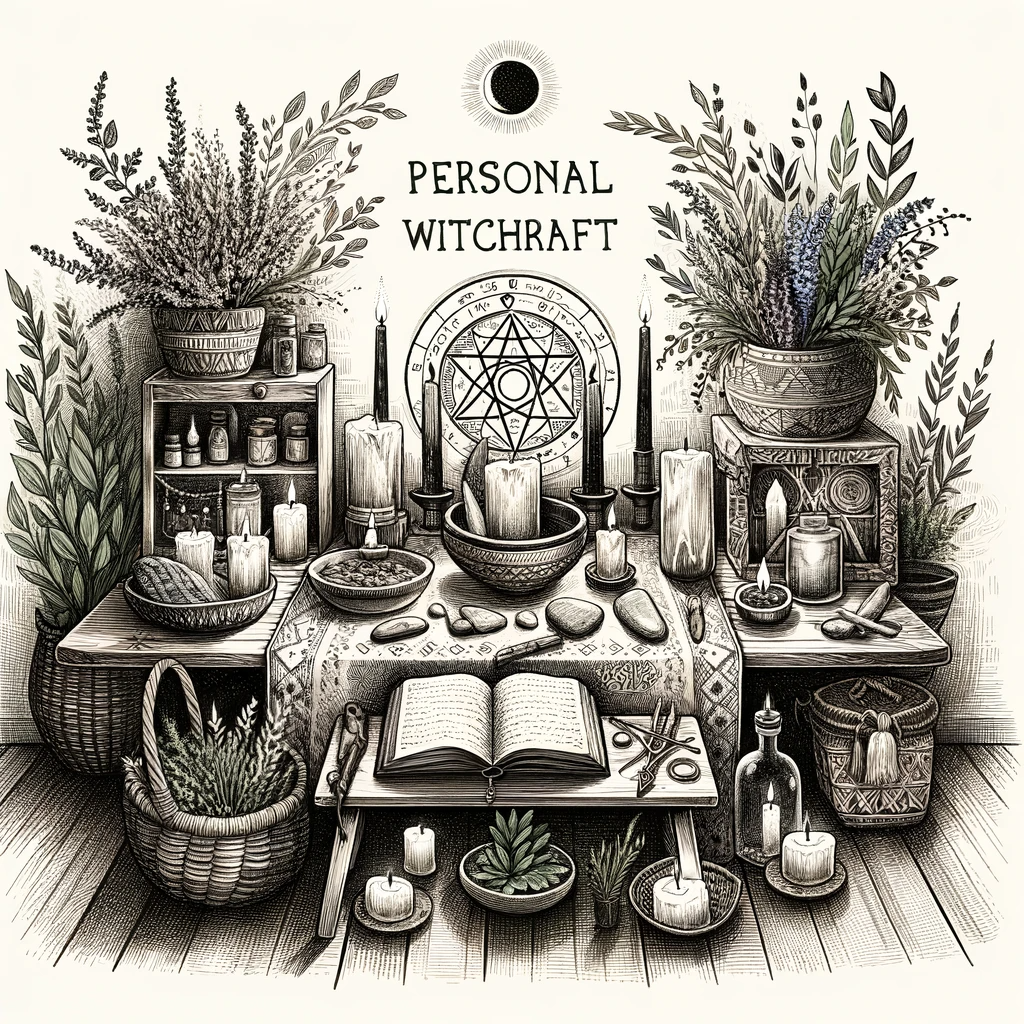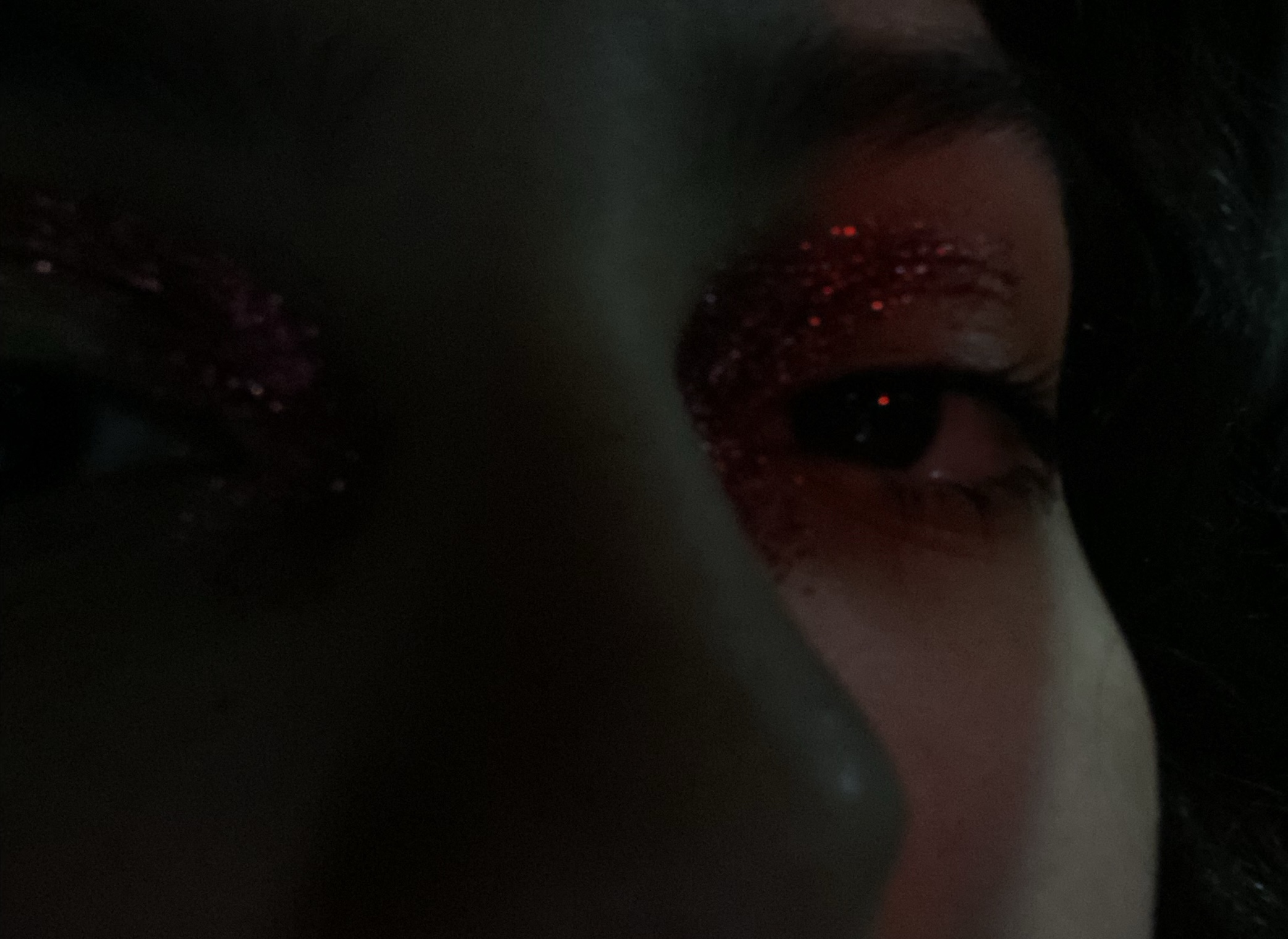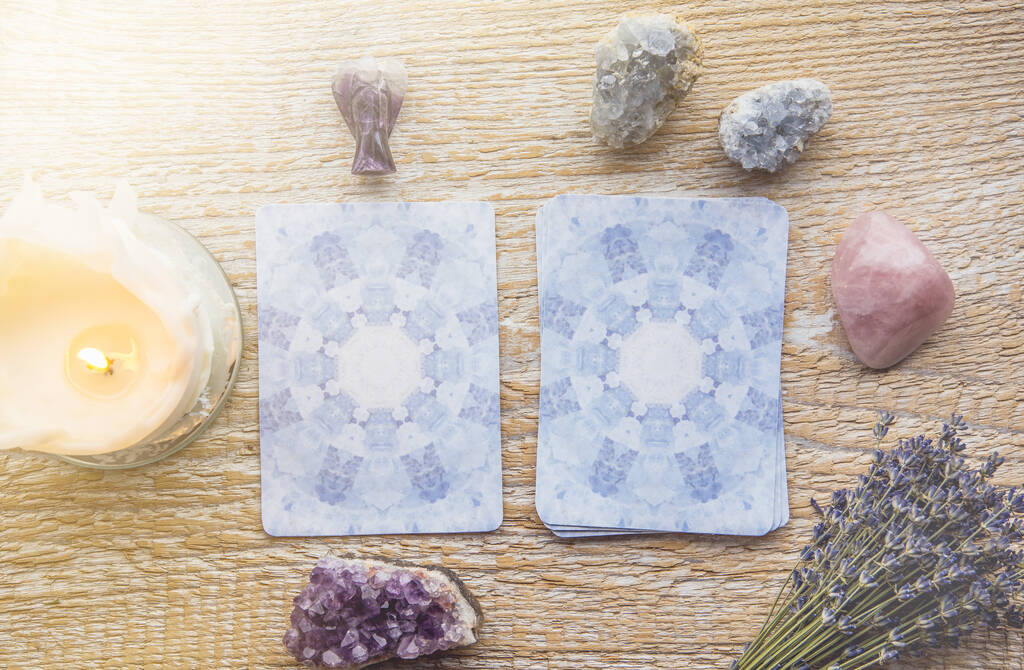Have you ever found yourself drifting off into a daydream, pondering all the different lives you could be leading? Whether it’s imagining yourself as a best-selling author living in a quaint seaside village or a fearless adventurer exploring the jungles of Amazon, these fantasies are more than just idle thoughts.
They’re a fundamental part of our psyche, a fascinating window into the myriad possibilities life could offer. It’s something we all do, consciously or not, and it speaks volumes about our desires, fears, and innate curiosity.
The Science Behind the Dreams: Why We Wonder
Why do we spend so much time thinking about the roads not taken? It turns out, there’s a whole science behind these daydreams. Psychologists suggest that imagining different life scenarios can be a way for us to explore our potential in a risk-free environment. It’s a bit like running simulations to see how different variables might affect our happiness and success.
Neurologically, when we daydream about other lives, our brains are often firing in the default mode network, which is active when we’re engaged in spontaneous thinking and imagination. This mental wandering is not only normal but a healthy part of cognitive functioning that can lead to greater creativity and problem-solving skills.
The Role of Media in Fueling Our Fantasies
Ever noticed how a good book or an engaging movie can leave you wondering about your own life choices? Media plays a pivotal role in shaping our fantasies. Stories that pivot on the concept of “what if” resonate with us deeply because they mirror our own thoughts.
Take films like “Sliding Doors” or “The Family Man,” where characters experience life-altering moments based on seemingly minor events. Such narratives captivate us because they parallel the real-life decisions we agonize over, offering a glimpse of how things might have turned out differently.
The Infinite Varieties of Life We Imagine
Within the privacy of our minds, the lives we conjure are as varied as they are fascinating. Some of us dream of a life filled with adventure—sailing uncharted waters or trekking through distant lands. Others imagine a quieter, simpler life—perhaps growing a garden in a small town, far from the hustle of the city.
Then there are those who envision a life of glamour and fame, walking red carpets and flashing cameras. These dreams often reflect our deepest desires and unmet needs. They highlight the contrasts between our real lives and the ones we wish we could explore.
The Influence of Culture and Society
Our cultural background and the society we live in greatly influence the nature of our fantasies. For instance, someone growing up in a bustling metropolitan area might dream of a peaceful rural life, while someone from a small town might fantasize about living in a big city.
These dreams are not just random; they are shaped by our environment, the values we grow up with, and the opportunities we are either afforded or denied. Understanding this can help us appreciate where these dreams come from and what they might be telling us about our deepest aspirations and fears.
How These Fantasies Affect Our Real Lives
While it might seem like harmless fun to imagine different lives, these daydreams can have a real impact on our current existence. On one hand, they can inspire us to change or pursue new opportunities, acting as a catalyst for growth and self-improvement.
On the other hand, if not kept in check, they can lead to dissatisfaction, making us feel as though our real lives can never measure up to our fantasies. It’s a delicate balance. By understanding that these alternate realities are merely explorations of “what could be,” we can use them to foster gratitude for “what is” and also to fuel our ambitions to shape our lives closer to our dreams.
Daydreams as a Source of Inspiration and Motivation
Interestingly, daydreaming about other lives isn’t just about escapism; it can be a powerful source of motivation. These mental adventures can prompt us to think about what’s truly important to us and motivate us to take steps towards making those aspects more present in our actual lives.
For example, if you frequently find yourself dreaming about a more creative life, perhaps it’s time to start that art project or write that book you’ve been putting off. The key is to channel the energy from these dreams into actions that enhance our real-world experiences, using them as a springboard for real-life achievements and satisfaction.
Navigating Life with a Multitude of Possibilities
While it’s fascinating to consider all the different lives we could live, it’s crucial to find a way to navigate our real lives with satisfaction and purpose. Here are a few strategies:
- Mindful Awareness: Recognize when you’re daydreaming and acknowledge these thoughts without judgment. This can help you understand your desires and motivations better.
- Goal Setting: Use insights from your daydreams to set realistic goals. If you dream about living abroad, start learning a new language or saving money for travel.
- Stay Grounded: While it’s great to imagine different scenarios, it’s important to stay connected to your current reality and appreciate the good things you already have.
By adopting these strategies, you can enjoy the best of both worlds—the excitement of imagining the “what if,” while actively working towards a fulfilling “what is.”
Exploring all the other lives we could live is more than just a pastime; it’s a reflection of our deepest yearnings and curiosities. By understanding why we engage in these daydreams and recognizing their impact on our real lives, we can use them to enrich our present.
Whether these fantasies are a brief escape or a deep dive into uncharted aspects of our personality, they offer valuable insights into our desires and can motivate us to align our real lives more closely with our dreams. So go ahead, dream big—but don’t forget to appreciate and enhance the life you’re living right now.




